Original title:《Move: The Javascript of Web3?》
Original author:Mustafa Yilham, Jermaine Wong , Henry Ang
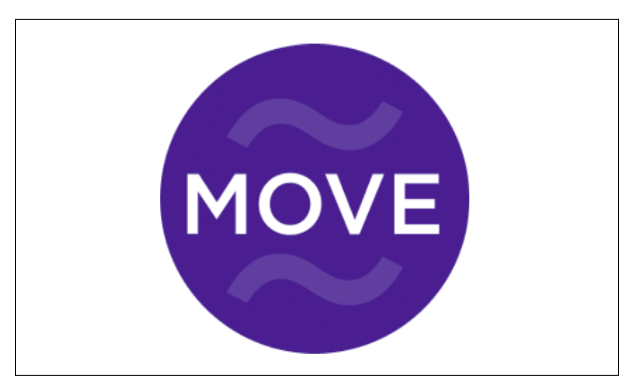
Original title:
Original author:
Foreword:
Looking around Twitter posts and crypto publications, the names of Sui and Aptos keep popping up. What's up with these new high-throughput L1 blockchains? Why do they attract investment from a16z, FTX, Multicoin, etc.? We discovered that both blockchains have deep historical ties to Diem, and both use a new programming language — Move.
In this article, we will explore the characteristics of Move in depth, and briefly introduce blockchains such as Sui and Aptos that adopt Move, then review the birth of Solidity/EVM, and finally compare whether Move and MoveVM can create their own vibrant ecosystem .
first level title
Simple directory:
1. The origin of Move
3. The development ecology of Move
4. Solidity/EVM: How it became the most dynamic developer ecosystem
5. The Future of the Move Languagefirst level title1. The origin of Move
Move is a Rust-based programming language developed for Meta's Diem blockchain project. The team was working on other smart contract languages at the time, but none had scarcity, determinism, and verifiabilitycharacteristiccurrent
Move github source code repository
Currently managed by Mysten Labs, the teams of Aptos and Sui form the core development team of Move. The vision of the Move language is to become Javascript in Web3, a framework that helps developers build blockchain applications safely, easily and quickly.first level title2. Advantages of Move
Move is platform-agnostic, enabling shared libraries, tools, and developer communities across blockchains. Move languagedesign emphasisFor additional protection, Move can be used with
Aided Development, a tool that allows developers to write formal specifications for key characteristics of their applications and use a verifier to check the code for correct execution in under 30 seconds.
first level title

3. The development ecology of Move
Mysten Labssecondary titleNovi Research1. Sui developed by Mysten LabsCEO Evan Cheng、CPO Adeniyi Abiodun、CTO Sam Blackshear(1) What is Sui and what is the background of the team?George DanezisSui is a decentralized proof-of-stake blockchain with horizontally scalable throughput and storage. The team behind Mysten Labs is fromKostas Chalkais。
, an advanced blockchain R&D department within Meta, working on the operation and encryption of the Diem blockchain and the Move programming language. The founding team includes
(Founder of Move), Chief Scientist
and chief cryptographer
(2) Financing eventsMysten Labs is in talks to raise a $200 million Series B round at a $2 billion valuation, led by FTX Ventures. Mysten Labs raised $36 million in a Series A round led by Andressen Horowitz in late 2021.(3) PerformanceNarwhal & TuskSui's processing speed is expected to exceed 120,000 TPS, and it can process independent transactions at a sub-second speed, and can process more complex transactions (shared objects) at a speed of 3 seconds. The dependencies of the transaction are mapped out before being executed, allowing the
Byzantine consensus broadcast
Independent transactions are processed, while transactions involving shared objects are handled by another called
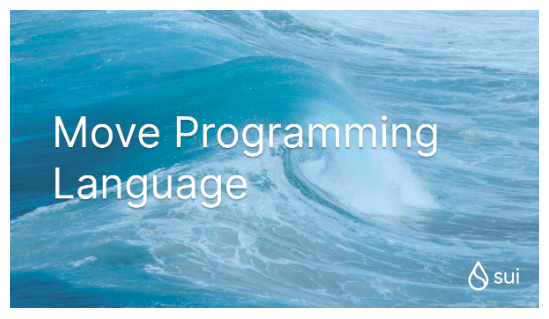
The consensus protocol processing.
Sui DevNet(4) Move language on SuiWhile Sui uses Move, it makes certain changes to the core functionality of Move, especially in terms of global storage operators and key abilities. These changes preserve the security and flexibility of Move, but optimize the storage and address mechanisms, resulting in improved network performance and reduced transaction confirmation times.。(5) Development RoadmapHas been publicly available since May, and the team has announced a launch date of August 2022
Incentivized Testnet
Also open from the end of June.
2、Apots
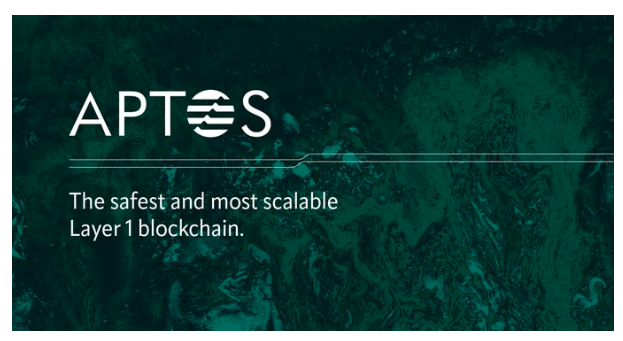
(6) Ecological projects
AptosInformation on projects developed on Sui has been scant. So far, the Chrome extension self-hosted wallet Sui Wallet has been launched, while the third-party Ethos Wallet has been used on DevNet.secondary title(1) What is Aptos and who is behind it? CEO Mo Shaikis a layer 1 blockchain whoseCTO Avery Ching. Aptos byother membersand former Chief Software Engineer of Meta's internal blockchain solutions
co-founded. Prior to Meta, Mo worked at Conesnsys, BlackRock and Boston Consulting Group, while Avery worked at Yahoo. Aptos Team's
other membersComprised of PhDs, researchers, engineers, designers, and strategists with work experience in Meta, Novi, Amazon, VMware, and more.(2) Financing eventsAptos closed a round led by a16z in March。
$200 million investment
, the participants included Tiger Global, Katie Haun, Multicoin Capital, 3 Arrows Capital, FTX Ventures and Coinbase Ventures, and then on July 25, it received an investment led by FTX VenturesBlock-STM(3) Performancestate synchronizationAptos can now reach a maximum of 10,000 TPS, with a theoretical maximum throughput of 160,000 TPS. Most transactions are verified after two webcasts, with a finalization time of 250 milliseconds. The key to Aptos' high throughput is the ability to separate the transaction execution layer from the consensus protocol, throughHotStuffAchieving parallel execution capability, and through
state synchronization
Achieve sub-second latency. The consensus engine was adapted from Diem'sand its team's 4th iteration.(4) Move language on Aptos
Aptos passed
Aptos DevNetadapterlayer extends the core MoveVM with additional capabilities, which include parallelism via Block-STM, concurrent execution of transactions without user input, large-scale storage in accounts, tables for storing keys, and fine-grained decoupling The amount of data stored (fine grained storage) in the account will affect the Gas Fee for transactions related to the account.(5) Development Roadmaphas been publicly released since March, and the team has completed4 planned incentivized testnetsmiddlePhase 1, currently in progressPhase 2
. Aptos also announced in June a
grant program 1,500(6) Ecological progress
Aptos core repository has
(1)0LWith multiple Forks, there are now more than 100 projects across DeFi, NFT, games, etc. that are expected to be deployed on the mainnet. Pontem Network, Macalinao brothers, Nutrios, PayMagic, MartianDAO, Solrise and other teams are already preparing for the Aptos mainnet, which is expected to be launched around the end of September.

(2)Starcoin3. Other blockchains using the Move language
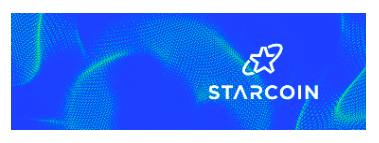
- A smart contract platform using enhanced proof-of-work consensus and the Move language. It optimizes the construction of different ecosystems such as DeFi, NFT, and games through layered and flexible interoperability.
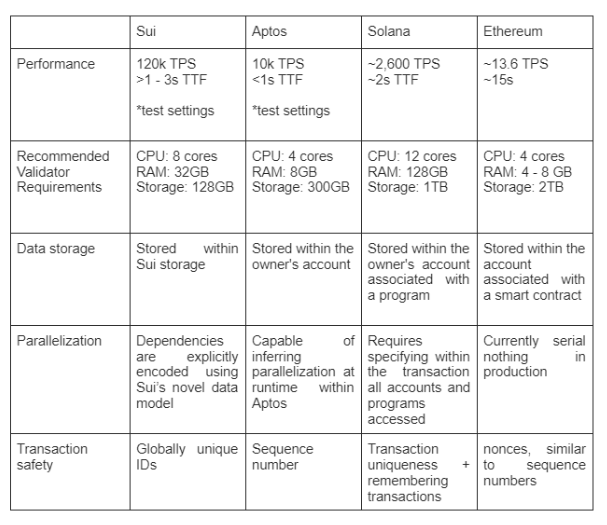
image description
source: Aptos, Solana Explorer, Etherscan, Sui Node, Aptos Node, Solana Node, ETH Node
Multi-dimensional comparison of four public chains
image description
From the comparison above, Sui and Aptos are similar to Solana in executing transactions in parallel and thus have higher throughput.
However, both Sui and Aptos are closer to Ethereum when it comes to running a full validator node, as the barrier to entry is lower, which will allow for greater decentralization of the community validator network.
Interestingly, Sui and Aptos have much lower storage requirements than Solana and Ethereum. Once more similar historical states appear on the two nascent blockchains, then we need to see if the larger storage space is worthwhile.
first level title
5. Solidity/EVM: How it became the most dynamic developer ecosystem
To fully understand the path Move/MoveVM took to build their own programming language and virtual machine, we need to review Solidity/EVM and how they became the de facto smart contract programming language today.
In the early days, there were two ways to write smart contracts on the new blockchain.@jolestara) Take an existing programming language and run it through the general-purpose virtual machine WebAssembly (WASM)b) Building a new programming language and a new virtual machine from scratch.:
While Solidity and the EVM took the road less traveled, it appears to be bearing fruit after 2020's DeFi boom. So how does Solidity/EVM outperform the general-purpose WASM VM? Core developers of Starcoin
think the following
three reasons
a) A general-purpose language is better suited for an operating system than a blockchain. If functions such as operating system calls, file I/O, hardware, networking, and concurrency libraries are stripped away, the libraries shared between smart contracts and programming languages are minimal. This defeats the purpose of using a general-purpose programming language, since the main advantage of a programming language is to leverage existing shared libraries in the developer ecosystem.
c) Given that each chain has a different state handling mechanism, even if they run on the same WASM VM, interoperability is still an issue. Since the smart contracts on each chain cannot be directly migrated to different chains, there is also the problem of fragmentation of the developer ecosystem.
Additionally, Solidity has proven user sticky given its reproducible open-source library. The ability to use audited code is a huge convenience for application developers; knowing that a secure smart contract requires a security audit, each line of code incurs an additional cost.
first level title
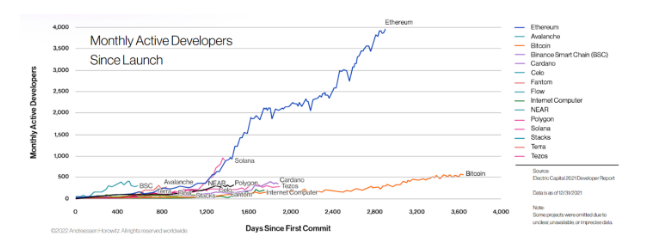
6. The Future of the Move Languagea16z State of Crypto
Move/MoveVM is now going down the same path as Solidity/EVM, and there is some data to show that it is.image descriptionsource:
Solana has made a similar choice, building its own virtual machine using the programming language Rust, and could see massive developer activity on the Move chain similar to Solidity's early growth trajectory. On the user side, Solana has also established itself as having
mostA chain of active account counts.Given that FTX Ventures is an investor in both Sui and Aptos, we believe they can help develop the Move ecosystem, as they did during Solana's bootstrap phase. All that said, both Sui and Aptos are pushing hard for their DevNets, including incubation bounties and hackathons, and we expect increased developer activity in the coming months.
Furthermore, to help overcome the initial lack of developer resources for new programming languages, and to assist in the gradual migration of developers from other languages to new languages, projects such as Pontem have developed a Diem MoveVM
the branch
, can now be deployed to other existing chains, such as Polkadot, Cosmos, Avalanche, etc., and a new EVM compatible with MoveVM is being developed.



